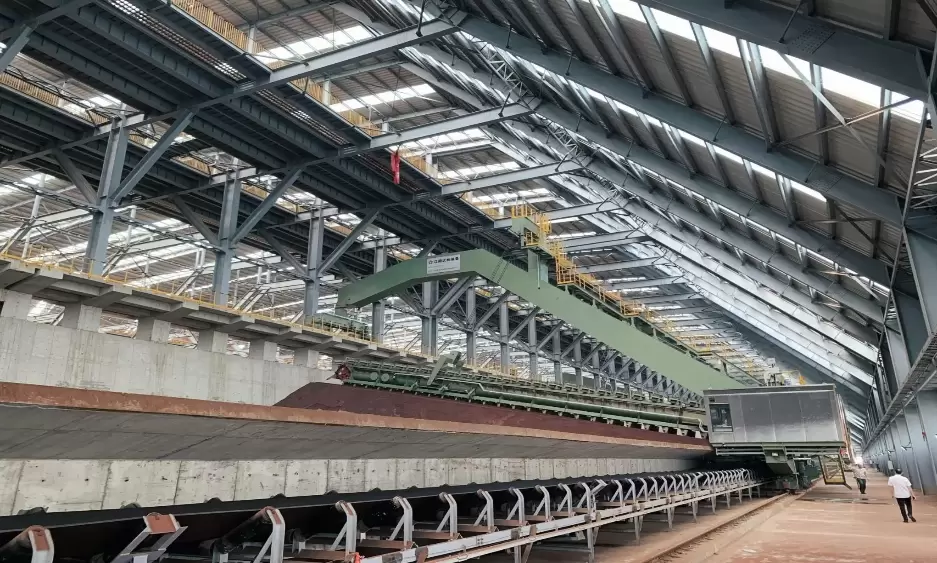Navigating the Future: Unveiling the Most Energy Efficient Transport Solutions
In an era where climate change and energy consumption are at the forefront of global discussions, the quest for energy-efficient transportation has never been more critical. As urbanization accelerates and populations swell, the demand for sustainable transport solutions is paramount. This article delves into the various modes of transport, evaluating their energy efficiency and exploring innovative technologies that promise to redefine our approach to mobility.
Understanding Energy Efficiency in Transportation
Energy efficiency in transportation refers to the ability to maximize the distance traveled per unit of energy consumed. This concept is crucial not only for reducing greenhouse gas emissions but also for minimizing operational costs and enhancing energy security. Various factors influence energy efficiency, including vehicle design, fuel type, and operational practices.
The Current Landscape of Transport Modes
- Public Transit Systems:
Public transportation, including buses, trains, and subways, is often heralded as one of the most energy-efficient modes of transport. According to the American Public Transportation Association, public transit saves approximately 4.2 billion gallons of gasoline annually. Buses, particularly those powered by compressed natural gas (CNG) or electricity, can transport multiple passengers simultaneously, significantly reducing per capita energy consumption. - Electric Vehicles (EVs):
The rise of electric vehicles marks a significant shift in personal transportation. EVs convert over 77% of electrical energy from the grid to power at the wheels, compared to conventional gasoline vehicles, which only convert about 12%–30% of the energy stored in gasoline. Furthermore, advancements in battery technology and the expansion of charging infrastructure are making EVs increasingly viable for everyday use. - Cycling and Walking:
While often overlooked, non-motorized transport modes like cycling and walking are among the most energy-efficient options available. Bicycles require minimal energy to operate and produce zero emissions. Cities that promote cycling through dedicated lanes and bike-sharing programs not only enhance public health but also reduce traffic congestion and pollution. - High-Speed Rail:
High-speed rail systems are a game-changer in long-distance travel. These trains can achieve speeds exceeding 300 km/h while maintaining a lower energy consumption per passenger-kilometer compared to airplanes and cars. Countries like Japan and France have successfully implemented high-speed rail networks that serve as efficient alternatives to air travel. - Aviation Innovations:
Although aviation is one of the least energy-efficient modes of transport, innovations are underway to improve its sustainability. The development of electric and hybrid aircraft, alongside the use of sustainable aviation fuels (SAFs), aims to reduce the carbon footprint of air travel. Furthermore, optimizing flight paths and improving air traffic management can enhance fuel efficiency.
The Role of Technology in Enhancing Energy Efficiency
Technological advancements play a pivotal role in improving the energy efficiency of transportation. Here are some key innovations:
- Smart Traffic Management Systems: Utilizing real-time data to optimize traffic flow can significantly reduce congestion and fuel consumption. Intelligent traffic signals and adaptive routing can lead to smoother journeys and lower emissions.
- Autonomous Vehicles: Self-driving technology has the potential to enhance energy efficiency by optimizing driving patterns, reducing unnecessary acceleration and braking, and improving traffic flow.
- Alternative Fuels: The exploration of hydrogen fuel cells, biofuels, and other alternative energy sources is crucial for reducing dependence on fossil fuels. These technologies can provide cleaner options for various transport modes.
Conclusion: The Path Forward
Determining the most energy-efficient transport solution is not a one-size-fits-all answer; it depends on various factors, including geography, infrastructure, and societal needs. However, a multi-modal approach that integrates public transit, electric vehicles, cycling, and innovative technologies will likely yield the best results in reducing energy consumption and emissions.




